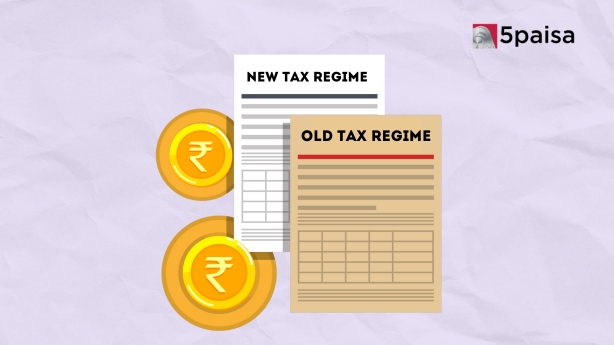3 Technologies Disrupting Finance in 2025: AI, Blockchain & Big Data Revolution
Decoding ULIP vs ELSS: A Comprehensive Financial Analysis

In realm of tax-saving investment options, Equity-Linked Savings Schemes (ELSS) & Unit-Linked Insurance Plans (ULIP) have emerged as compelling choices, each with its unique features & intricacies. This article aims to unravel complexities, providing a thorough comparative analysis to guide investors in making informed decisions.
Understanding ELSS: Market-Linked Maverick
Nature of Investment
ELSS stands as a stalwart in mutual fund arena, focusing solely on investment without encumbrance of insurance. It's a pure play in equity market, aiming for wealth creation through market-linked returns.
Tax Benefits
Under Section 80C of Income Tax Act, ELSS offers tax deductions on invested amount up to ₹ 1.5 lakh. Long-Term Capital Gains (LTCG) from ELSS are taxed at a mere 10% on returns exceeding ₹ 1 lakh, providing a lucrative tax-saving avenue.
Charges & Liquidity
ELSS typically incurs fund management charges of around 2.5% of Assets Under Management (AUM) per year. Liquidity is notable advantage, with a reasonable lock-in period of 3 years. After this tenure, investors can freely withdraw or sell units on stock exchange.
Deciphering ULIP: Hybrid Investment-Insurance Blend
Nature of Investment
ULIP, on other hand, is a hybrid product, amalgamating insurance with investment. It functions as a two-in-one solution, offering life coverage & an investment component. ULIPs are predominantly provided by insurance companies, introducing a layer of complexity.
Tax Benefits
Similar to ELSS, ULIP qualifies for tax deductions under Section 80C, with a limit of ₹ 1.5 lakh. However, tax treatment diverges post lock-in period. ULIP returns are taxed according to investor's income tax slab.
Charges & Liquidity
ULIPs come with a more intricate fee structure, encompassing premium allocation charges, policy administration charges, fund management charges, & mortality charges. Total charges can accumulate up to 20% of premium in first year, gradually decreasing in subsequent years. lock-in period for ULIPs is extended to 5 years, impacting liquidity. Withdrawal or surrender is only permissible after completion of this tenure.
Comparative Analysis: ELSS vs ULIP
Let's delve into nuances that differentiate ELSS & ULIP, drawing comparisons across crucial parameters:
| Parameters | ELSS | ULIP |
| Nature of Investment | Purely Investment | Investment + Insurance |
| Lock-in Period | 3 years | 5 years |
| Tax Benefits | Deduction under Section 80C; Tax-free returns | Deduction under Section 80C; Taxed as per income tax slab after lock-in |
| Charges | Fund management charges (~2.5% AUM), possible additional charges | Premium allocation charges, policy administration charges, fund management charges, mortality charges |
| Liquidity | High liquidity after 3 years | Restricted liquidity until completion of 5 years |
Advantages & Disadvantages
ELSS
Advantages: Higher liquidity, transparent cost structure, potential for higher returns (12%-14% approx.).
Disadvantages: Limited to market-linked returns, tax implications on LTCG.
ULIP
Advantages: Life coverage, flexibility to switch funds, tax benefits.
Disadvantages: Complex fee structure, longer lock-in, potential lower returns due to insurance coverage.
Conclusion: Tailoring Your Investment Strategy
Choosing between ELSS & ULIP hinges on your financial goals, risk appetite, & investment horizon. ELSS is suitable for those seeking market-linked returns with greater liquidity, while ULIP suits investors looking for a blend of insurance coverage & investment flexibility. Decision ultimately rests on aligning these options with your unique financial landscape.
In navigating this intricate decision-making process, seeking advice from a financial advisor becomes paramount. Understanding fine print, nuances, & implications of ELSS & ULIP ensures that your investment strategy aligns seamlessly with your financial aspirations. Remember, key to successful investing lies in informed choices & strategy tailored to your financial objectives.
- Flat ₹20 Brokerage
- Next-gen Trading
- Advanced Charting
- Actionable Ideas
Trending on 5paisa
Personal Finance Related Articles
Disclaimer: Investment in securities market are subject to market risks, read all the related documents carefully before investing. For detailed disclaimer please Click here.

 Tanushree Jaiswal
Tanushree Jaiswal
 5paisa Research Team
5paisa Research Team




